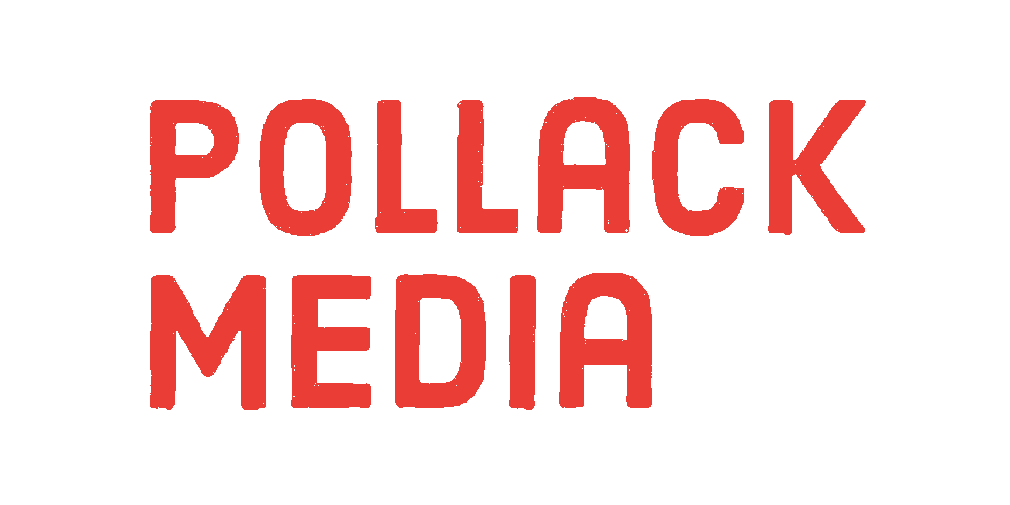Streaming music services, especially Spotify, have been making a lot of news in the last few days. The big news came on Wednesday with the RIAA’s (Recording Industry Association of America) announcement to Digital Music News that streaming music services generated more than $1 billion in the US in 2012. The big four services driving the growth of what they call “access services” (non-ownership) are YouTube, Sirius Satellite Radio, Pandora and Spotify.
The rise in streaming services is being cited as a primary reason for sluggish digital sales this year. Billboard reports that Nielsen Soundscan data shows a 2% drop in sales of digital track downloads in the first two months of this year (although digital album sales are increasing). Billboard also did the math and figured out how many new streaming subscribers would be required to make up for the loss in digital track sales.
Spotify apparently has bigger ambitions. Multiple sources report that Spotify wants to develop a video service that would be similar to Netflix. According to a report “Spotify intends not just to stream videos from television networks and Hollywood studios, but invest in its own premium programming”. A music service may serve as proof of concept, but a video service with original content is where the big money is.

